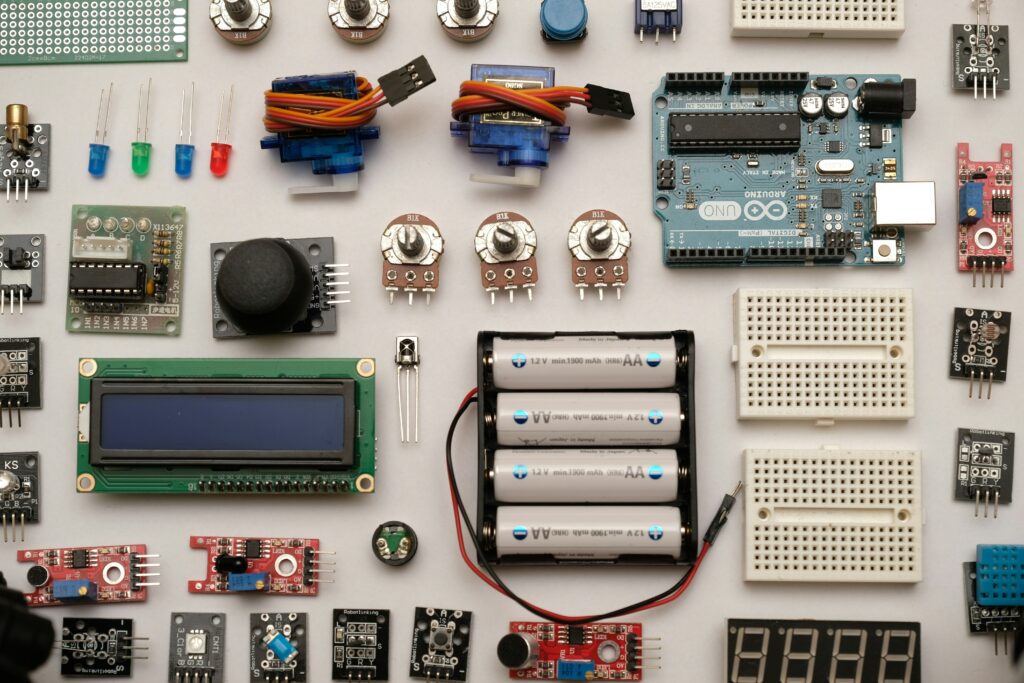The Internet of Things (IoT) has steadily evolved alongside building automation technology for years. As demand has climbed, driving growth in both markets, numerous research groups and commercial entities have devoted themselves to research and development. What sort of cutting-edge sensing systems have their efforts yielded?
How IoT Sensors Improve Building Control Accuracy
Whether properties use building technology to monitor heating, ventilation and air conditioning (HVAC) systems or adjust lighting based on occupancy rates, sensors are vital to operations. In addition to making automation possible, they inform data-driven insights, enabling facility managers to optimize efficiency and reduce spending.
Conventional commercial buildings lack visibility into their systems and resource utilization, meaning they’re ignorant of their areas of opportunity. Typically, they waste upwards of 30% of the energy they consume.
On the other hand, IoT-generated data helps decision-makers pinpoint pain points like energy inefficiencies. According to the Department of Energy’s Building Technologies Office, using sensors to optimize control systems can result in a 29% aggregate power savings annually, regardless of facility type.
Over time, high-precision decision-making can enhance resource allocation, redesigns and maintenance, significantly lengthening systems’ life spans. For example, air-cooled condensers can last up to 20 years with adequate care. These improvements often result in reduced spending and revenue growth.
Companies receive approximately $5-$7 back for every $1 spent on smart capabilities — a roughly 500%-700% return on investment. Whether facility managers use these savings to expand their internet-connected fleet or reinvest them into operations, they will likely continue seeing growth.
Examples of Cutting-Edge Building Control Sensors
As building automation has advanced, so has IoT technology. Research and development efforts have yielded several state-of-the-art sensors.
- IoT-Enabled Tracer-Gas-Measuring Sensor
Conventional tracer-gas-measuring instruments — tools used to test airflow pressure decay and identify potential leaks — may be accurate but are expensive. They also generally have lengthy sampling cycles and limited sampling points, making them a subpar choice for time-sensitive facility maintenance.
One research team developed an IoT-enabled wireless sensing network that uses tracer gas to assess airflow patterns. This way, it can produce detailed temporal and spatial profiles. Its purpose is to evaluate and optimize indoor ventilation performance.
This sensor has a sampling cycle of 10 seconds and a 5-100 parts per million detection range. Its interconnectivity enables real-time measurement, meaning facility managers can reduce their reliance on HVAC technicians. Data is automatically transmitted to and stored in the cloud so they can remotely access and analyze IoT-generated information.
- Modified Optic Fiber Humidity Sensor
While humidity sensors are crucial for facility construction and maintenance, standard models often deteriorate during normal operation. Their sensing accuracy diminishes over time since they’re based on metal oxides, carbon or polymers. Ironically, high operating temperatures and abnormally high humidity levels can accelerate this deterioration.
Eventually, these models experience lagging response times and poor performance. One research team’s solution is a modified optic fiber humidity sensor that can detect relative humidity over a wide 20%-90% range, definitively outperforming its counterparts.
High-precision sensing becomes feasible when used with nanomodified cement — a mixture containing a uniform distribution of carbon nanofibers. The modified material creates electrically conductive matrixes sensitive to variations in humidity, making IoT-generated measurements easier to secure and more accurate.
Examples of Cutting-Edge Building Sensing Systems
Sensing technologies and frameworks have advanced significantly in recent years.
- In-Situ Sensing System Calibration
While sensors must be recalibrated every so often to maintain accuracy, the byproduct of removing them from their deployment locations to enable factory calibration is data loss. In-situ calibration — making adjustments on-site or in place — can prevent this process from creating unintended gaps in building control system data collection.
Technicians can use this novel end-to-end calibration approach to fine-tune sensors without moving them. Research shows it has an accuracy rate above 98.9% and a calibration error rate below 3%, proving its practicality and precision. This way, facility managers can maintain data quality regardless of their maintenance schedule.
- The High and Low (HaLo) Method
Encryption algorithms grow more complex yearly. While this advancement benefits security teams, it has proved impractical for edge IoT sensors — it is simply too resource-intensive. The HaLo method addresses this emerging issue by generating physical unclonable function (PUF) signatures based on flash memory process variations.
These PUF signatures validate sensors’ identities, ensuring the data they transmit remains encrypted without being computationally draining. This method uses 20 times less energy than conventional IoT authentication techniques. Additionally, it has a latency of 39 milliseconds for a 512-bit signature generation and an average error rate below 0.06%.
The Power of IoT Sensors in Building Automation
Breakthroughs will undoubtedly occur as the building automation industry expands and IoT becomes more prevalent in everyday life. Early adopters of these technologies will likely benefit from greater efficiency, more accurate decision-making and an improved bottom line.



